By: Juan P. Alvez and Cheryl Herrick
UVM Extension, Center for Sustainable Agriculture
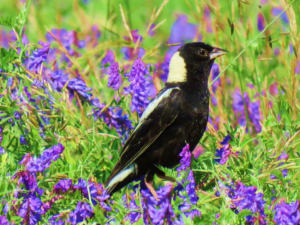 Grassland birds provide numerous environmental benefits to agriculture, from pollination to pest control. In spite of that, grassland birds are declining in the U.S. mainly due to hayfield mowing during the weeks that birds such as Bobolinks are actively nesting. Farmers, face challenges that force them to mow earlier and or more frequently. To protect these grassland birds and working farms, The University of Connecticut and the University of Vermont are working on developing new strategies for reconciling conservation and production on private farms. The research project aims to create profitable markets for farmers delivering environmental benefits – and our team is seeking farmer input.
Grassland birds provide numerous environmental benefits to agriculture, from pollination to pest control. In spite of that, grassland birds are declining in the U.S. mainly due to hayfield mowing during the weeks that birds such as Bobolinks are actively nesting. Farmers, face challenges that force them to mow earlier and or more frequently. To protect these grassland birds and working farms, The University of Connecticut and the University of Vermont are working on developing new strategies for reconciling conservation and production on private farms. The research project aims to create profitable markets for farmers delivering environmental benefits – and our team is seeking farmer input.
We are inviting farmers that have a hayfield or pasture of 10 acres* -potentially good habitat for breeding bobolinks and other grassland birds- in Vermont, Connecticut, Massachusetts or New Hampshire, to participate in a 2-hour Decision Making Session Regarding Managing Hayfields for Bobolinks. Focus groups will be held in April 2018.
In our work with livestock farmers, we are well aware that many farmers truly want to use practices that are in balance with nature, but that the financial costs of doing so can get in the way. I was excited to help get involved with a project that was providing the financial compensation that would allow farmers to be paid the real cost of delaying their mowing schedules.
To non-farmers, the implications of a delayed mowing schedule might not be obvious. But since the hay that results from mowing is the cash crop that the farmer is counting on, the decision is one with cost.
Participant farmers will be offered up to $150 to participate in this session, and then paid additional money for managing their land if chosen.
Many of the farmers we work with believe, like we do, that healthy natural ecosystems are the foundation for human health and agriculture that’s productive in the long-run. They want to be able to keep their farms viable and be ecologically sustainable too. For us, supporting farmers so they’re able to support the natural environment makes sense for all of us.
This project is funded by the USDA, NIFA. For additional questions or inquiries, please contact Dr. Stephen Swallow (Stephen.swallow@uconn.edu) or Anwesha Chakrabarti (anwesha.chakrabarti@uconn.edu). Read more about the Bobolink Project


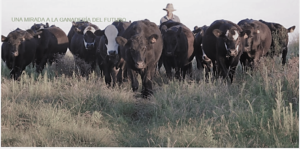
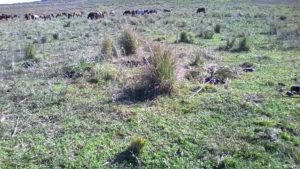
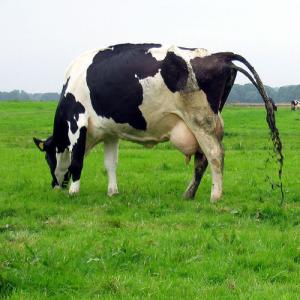
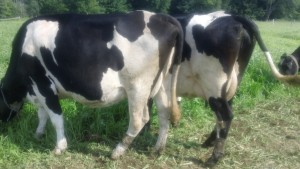
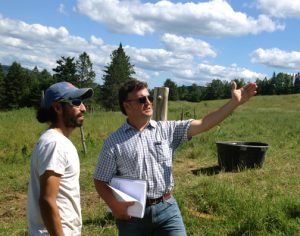
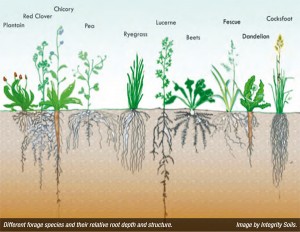
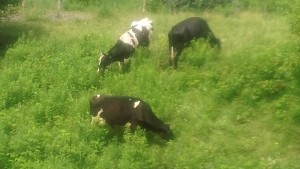
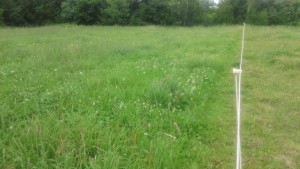
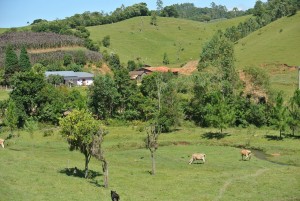
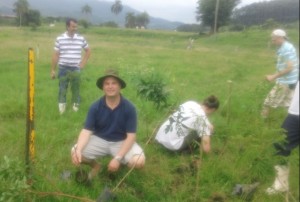
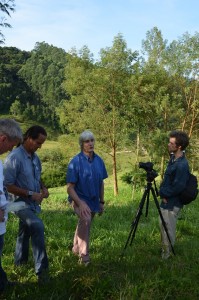
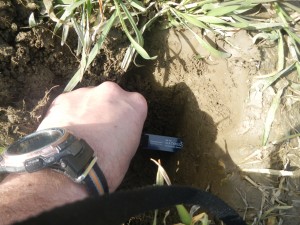
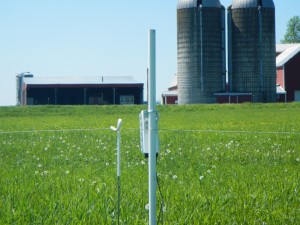
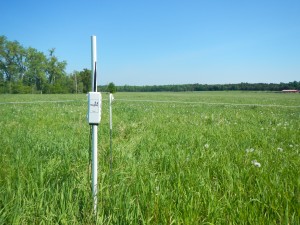
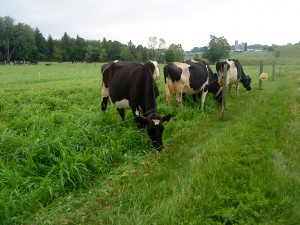
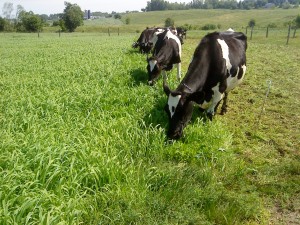
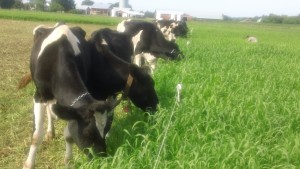
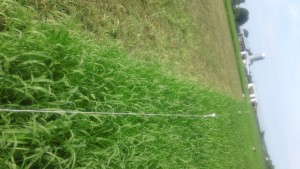
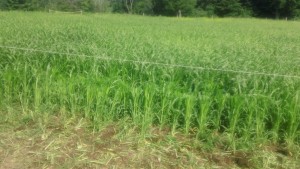
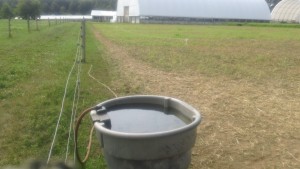
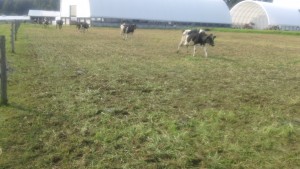
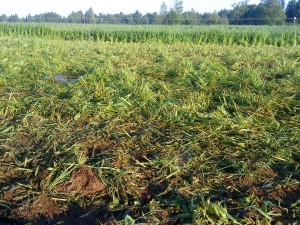
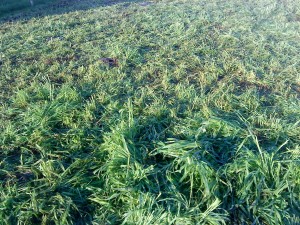
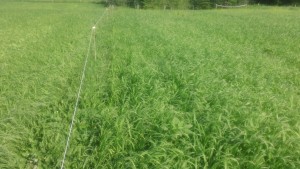
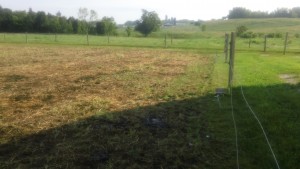
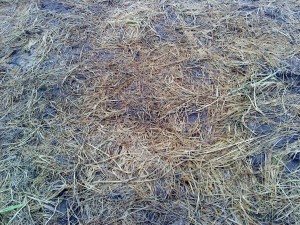
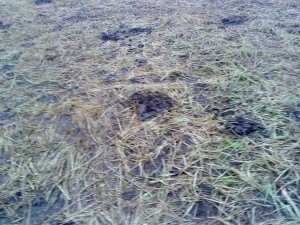
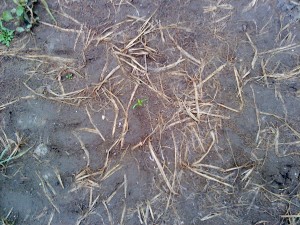
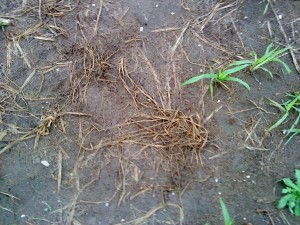
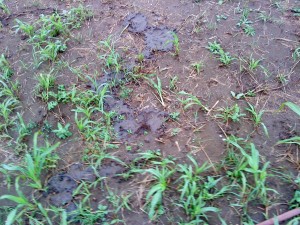
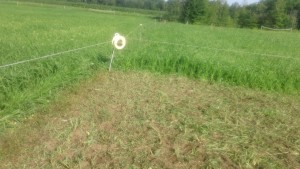
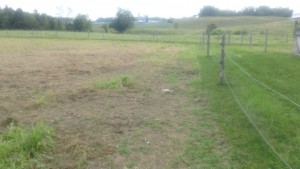
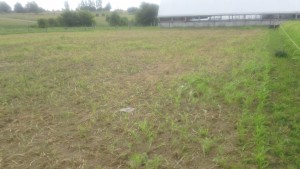
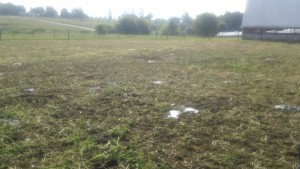
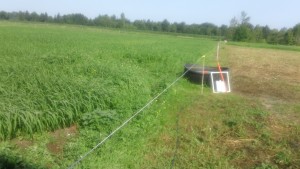
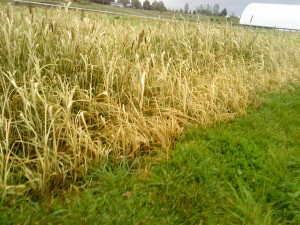
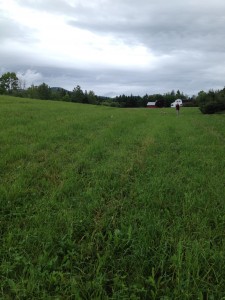
Recent Comments